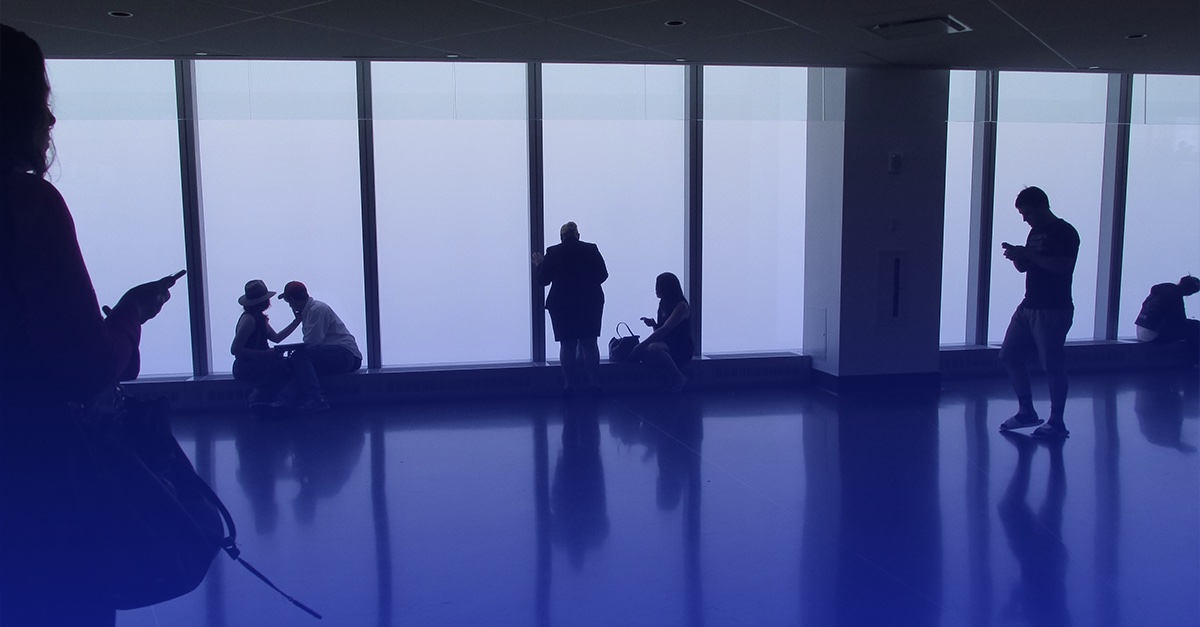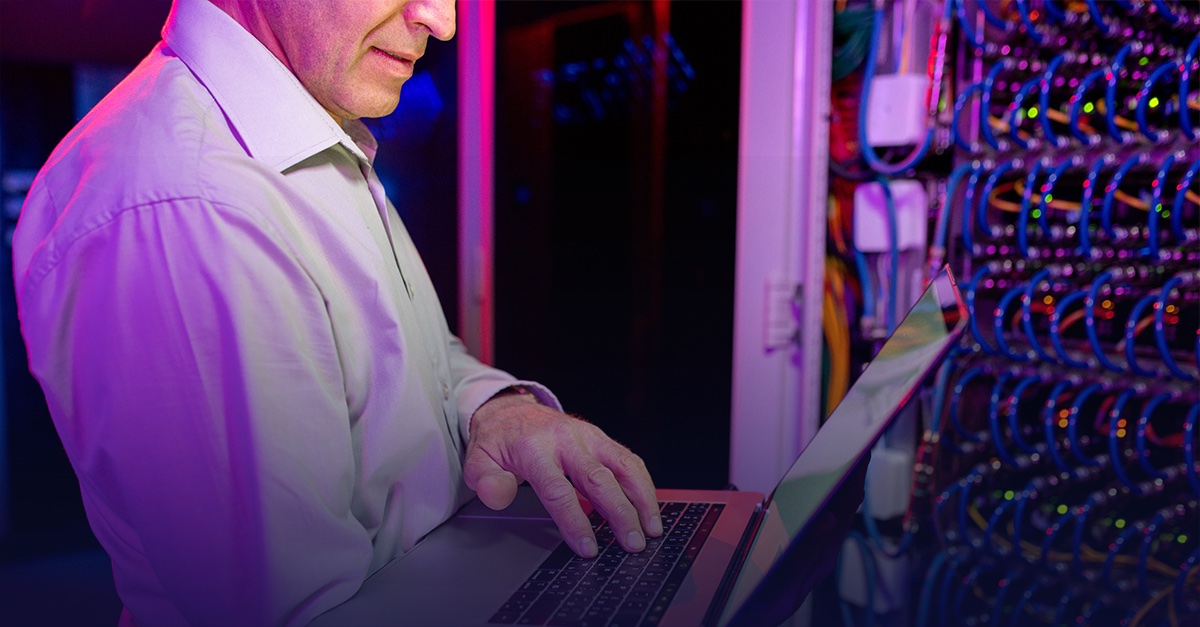
With technology ever-evolving, federal, state, and local governments across the globe have implemented new tools and processes to make their cities more accessible, efficient, and secure. From IoT devices, including cameras, traffic signals, and public transportation to city management systems and public data, cities all over the world are making an effort to become “smart” cities. But an increase in new smart technologies comes with an increase in cybersecurity risks; something that not all smart cities know – or are capable of – mitigating. This leaves us wondering: Can smart cities also be cyber-secure cities? What’s the difference between smart cities and cyber-secure cities?
What Makes a Smart City Different Than a Cyber-Secure City?
While smart cities utilize many innovative technologies with the intention of enhancing the lives of residents and increasing the efficiency of the city itself, smart cities are not technically always secure. Even if a city implements the latest, most innovative technology, it doesn’t always mean it’s secure. In fact, smart cities who rush to implement the latest innovative technologies may even increase the likelihood of experiencing a data breach or security incident because they don’t have effective cybersecurity strategies already established, leaving them even more susceptible to existing and new vulnerabilities. And even if a smart city does establish cybersecurity policies, new smart technologies increase the attack surface, introduce new vulnerabilities, are susceptible to DoS attacks, and often have encryption issues.
Examples of Smart Cities
To better understand the difference between smart cities and cyber-secure cities, let’s take a look at how the following cities have integrated new, innovative technologies into their infrastructure to change how their city and residents function.
- Barcelona: In 2012, Barcelona began rolling out technologies in an effort to become a smart city. This included adding smart technologies in various sectors including waste management, street lighting, public transit, and parking. For example, their waste management system became more efficient for citizens when they implemented a new smart waste device for waste disposal. Additionally, to solve their parking issues, they implemented a sensor that guides drivers to open parking spots.
- Sydney: Sydney has implemented various smart technologies including smart traffic controls, smart video surveillance, smart parking, smart public transportation, and smart waste management. Their smart public transportation system, like many other cities, offers a contactless fare collection system, making the ticketing and riding process much more efficient for passengers.
- Dubai: Known for its innovative architecture, Dubai is ahead of its time in many ways. Like Barcelona and Sydney, this smart city has implemented smart technologies including smart government services, smart energy and water, smart parking and traffic, smart cameras and security, and smart street lighting, and has plans to roll out even more smart city initiatives including an Artificial Intelligence Lab, paperless government, and a “happiness” agenda.
Examples of Smart and Cyber-Secure Cities
- New York City: A city known for its infrastructure, transportation system, government, and so much more, there’s good reason NYC was named the “smartest city” in 2017. This metropolis’ implementation of smart technologies, including surveillance cameras, traffic detection systems, smart street lighting, smart waste management, and wireless water meters – coupled with their Cyber NYC Initiative demonstrates their focus on improving the livelihood of residents through smart technology and also their commitment to keeping their citizen’s secure with strong cybersecurity policies.
- London: Much like NYC, London has positioned itself as one of the top smart and cyber-secure cities in the world. They’ve incorporated traffic sensors, surveillance cameras, smart street lighting, smart parking, and their famous underground railway system to make their citizens’ lives easier, all while continuing to focus on cybersecurity and protecting their citizens from experiencing the effects of a breach. For example, like Cyber NYC, London’s cybersecurity startup accelerator, Cyber London, or CyLon, is dedicated to helping businesses develop information security technology and products, furthering the city’s focus on cybersecurity. London is also home to some of the world’s most prestigious universities and research facilities, making it an attractive hub for cybersecurity professionals, and thus a smart and cyber-secure city.
Does the city you live or work in utilize smart technologies? Want to make sure that your city is both a smart and cyber-secure city? Contact us today to learn more.
More Cybersecurity Resources
How to Lead a Cybersecurity Initiative
When Will It Happen to You? Top Cybersecurity Attacks You Could Face



